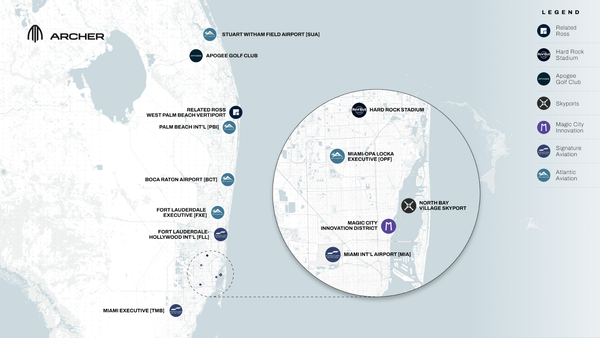7 Ways to Smash the 1% Rule in Real Estate

The "1% rule" in real estate investing is a general guideline suggesting that a property's monthly rent should be at least 1% of the purchase price. While this rule can be a helpful initial benchmark, there are situations and locations where it may not be feasible or practical to meet this criterion. For example, this rule can be almost impossible to find in South Florida, but in states like the Midwest, this rule takes effect more often. While the Midwest tends to have more cash-flowing properties, south Florida tends to experience a lot more appreciation, so both areas have pros and cons. Here are some alternative ways for South Florida investors to help properties’ cash flow when they otherwise might not have upon purchase.
- Value-Add Opportunities: Look for properties with potential for improvement or renovation. By increasing the property's value through upgrades or renovations, you may be able to command higher rents, even if the initial purchase price is higher than what the 1% rule would dictate.
- Market Dynamics: Consider properties in markets where rental rates are higher relative to purchase prices. As I mentioned above, this is hard to find in Jupiter, but what if you go just outside Jupiter or hone in specific neighborhoods where this is more achievable?
- Short-Term Rentals: Explore the option of short-term rentals. While short-term rentals may involve more management and turnover costs, they often command higher nightly rates than traditional long-term rentals.
- Room Rentals or Shared Housing: Instead of renting out entire properties, consider renting out individual rooms or offering shared housing arrangements. This approach can increase rental income by serving multiple tenants, especially in high-demand areas or near universities.
- Alternative Financing: Explore creative financing options, such as seller financing, private lending, or partnerships, which may allow you to acquire properties with less upfront capital. You can invest in properties that generate strong cash flow by leveraging alternative financing structures.
- Diversification: Instead of strictly adhering to the 1% rule for each property, consider building a diversified portfolio that includes a mix of properties with varying rent-to-price ratios. You can optimize your overall investment returns by balancing properties with higher rental yields against those with potential for appreciation or other strategic advantages.
- Tax Incentives and Benefits: Explore tax incentives and benefits available for real estate investors, such as depreciation deductions, capital gains tax advantages, and deductions for property expenses. These tax advantages can enhance the overall profitability of an investment property, potentially compensating for lower rental yields relative to the purchase price.
Ultimately, while the 1% rule can be helpful, it is essential to assess each investment opportunity comprehensively, considering factors such as location, property condition, market dynamics, financing options, and potential for value appreciation. Flexibility and creativity in your approach to real estate investing can help you identify worthwhile opportunities even when traditional metrics may not fully apply.
If you have any questions about the 1% rule, please give me a call today.
Kyle Camerlinck | Taiter Realty | 561.371.5143 | kyle@taiter.com





